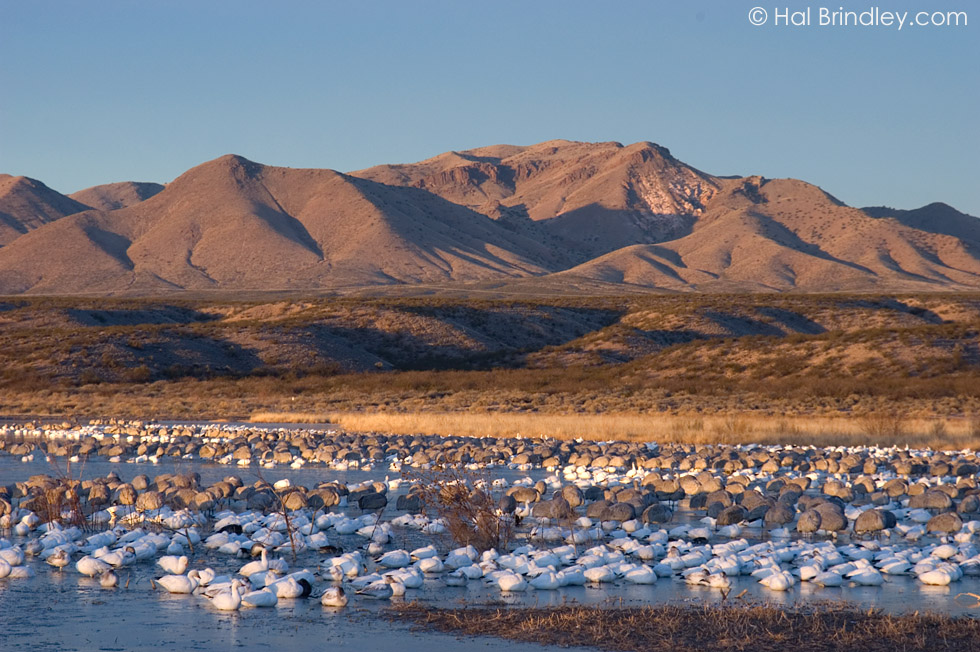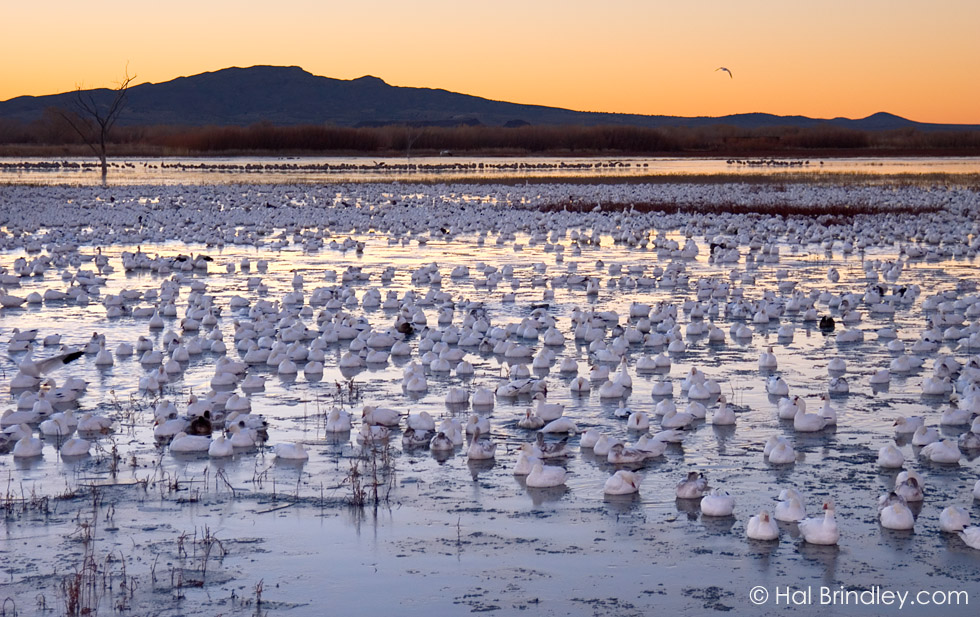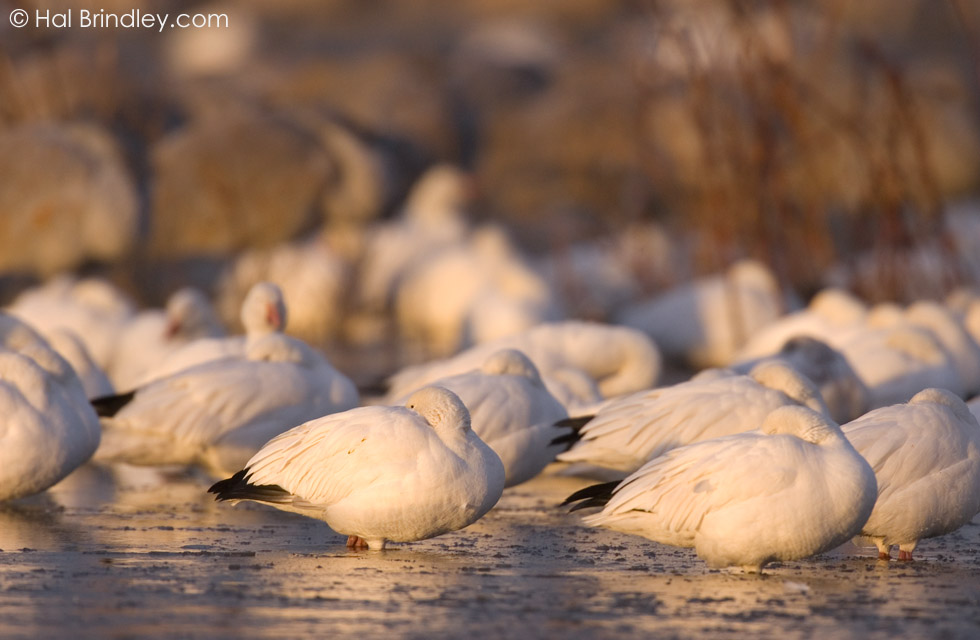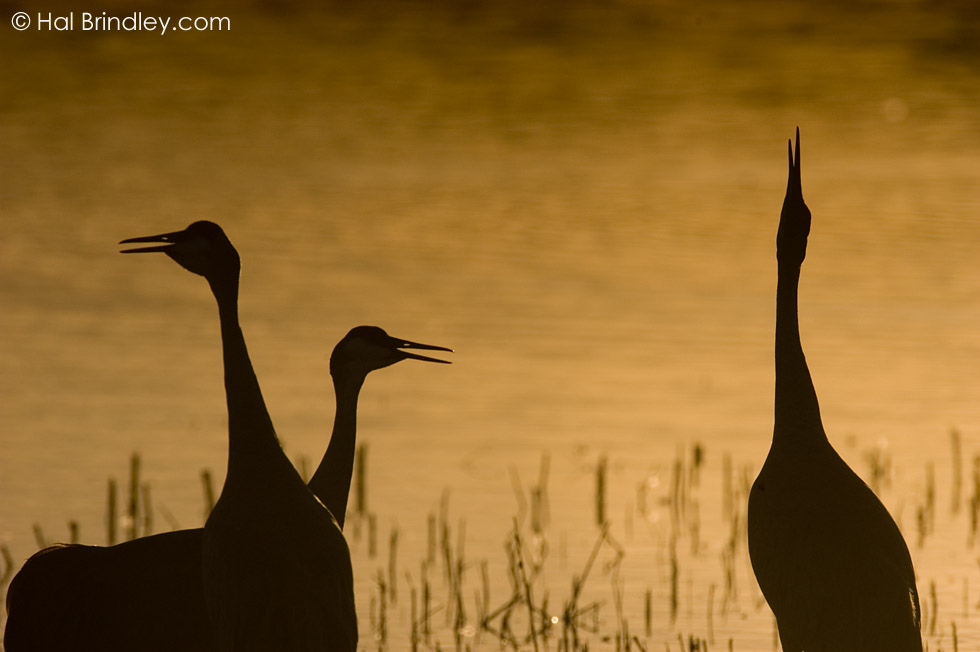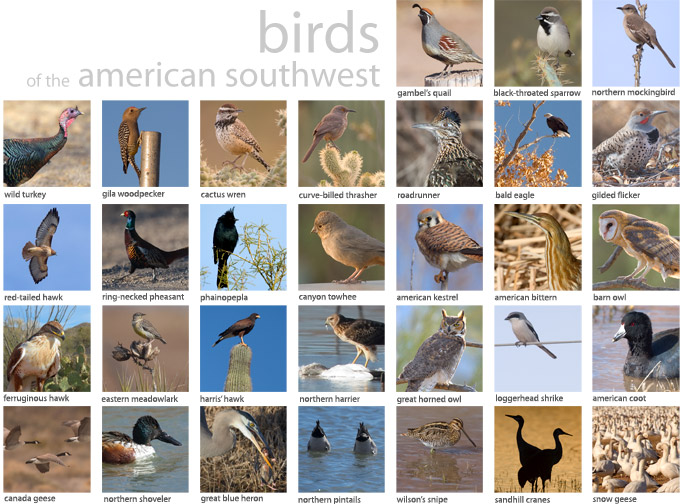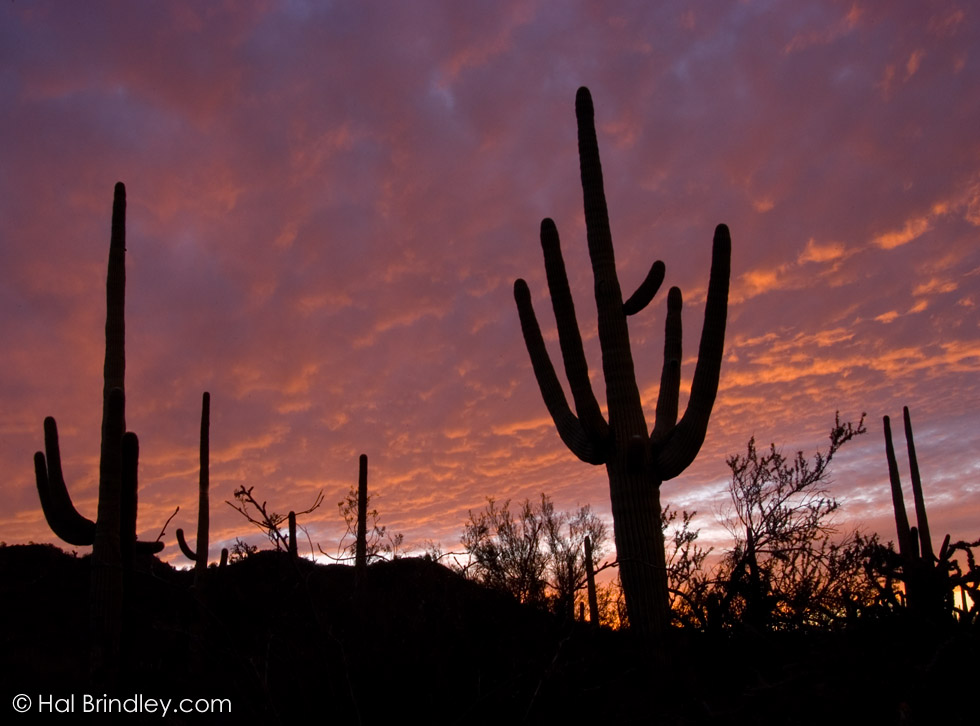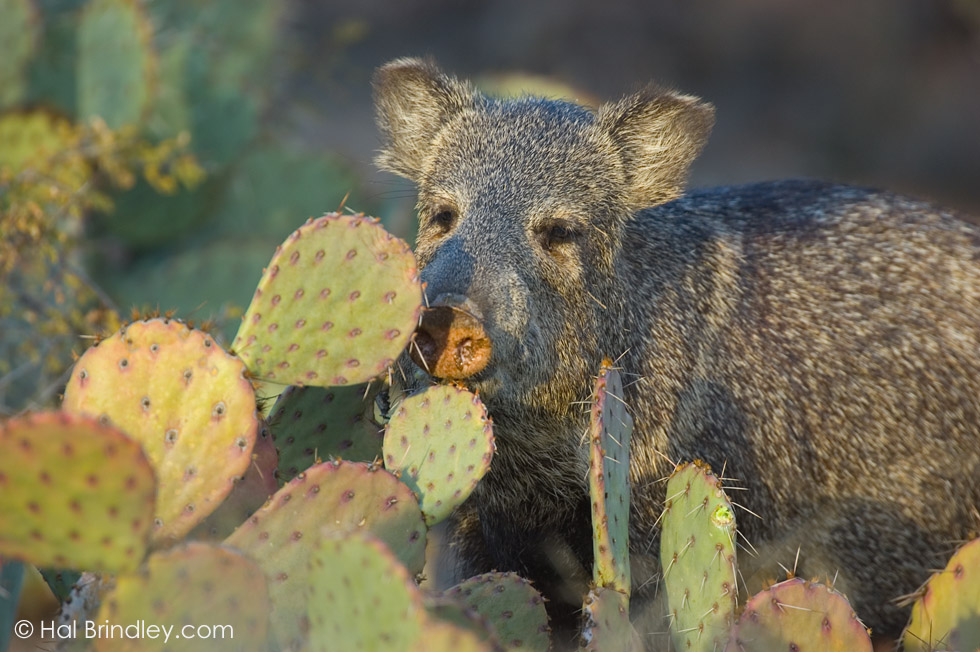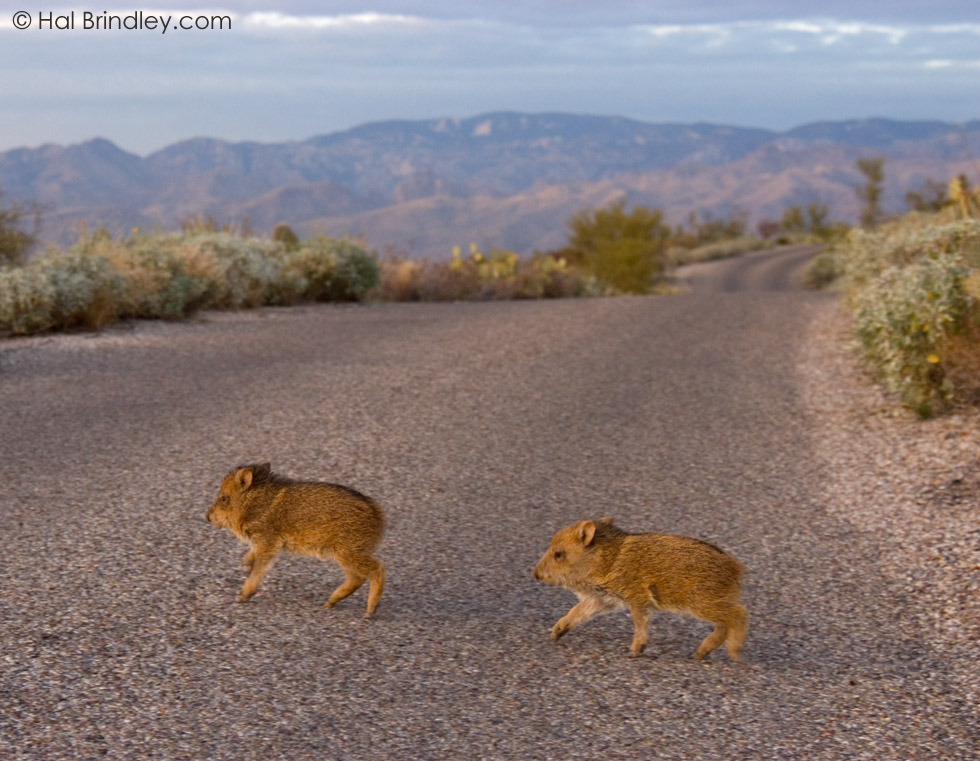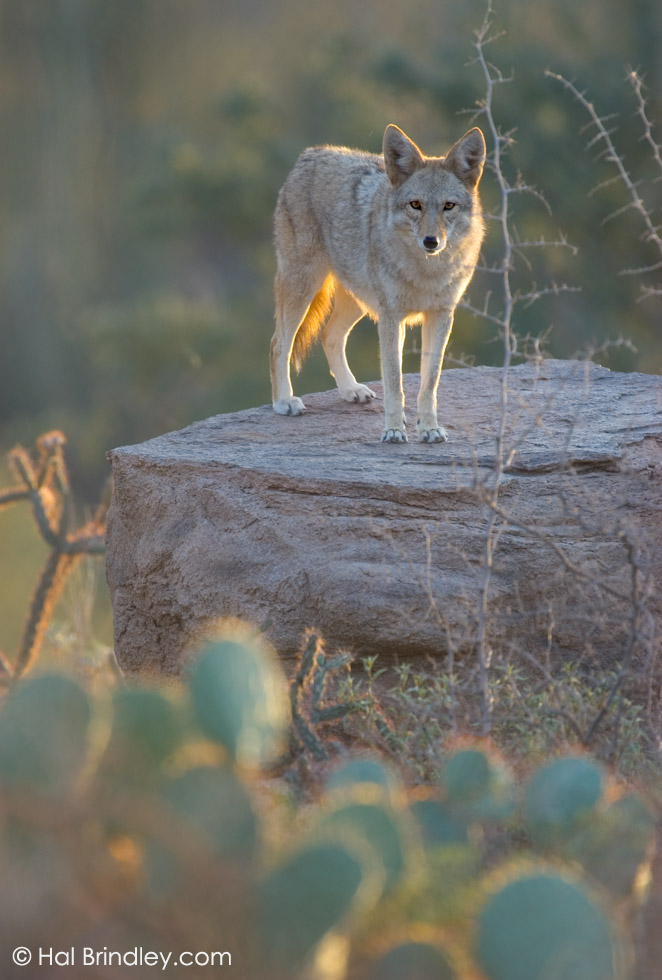(This post may contain affiliate links. For more info visit our Privacy page.)
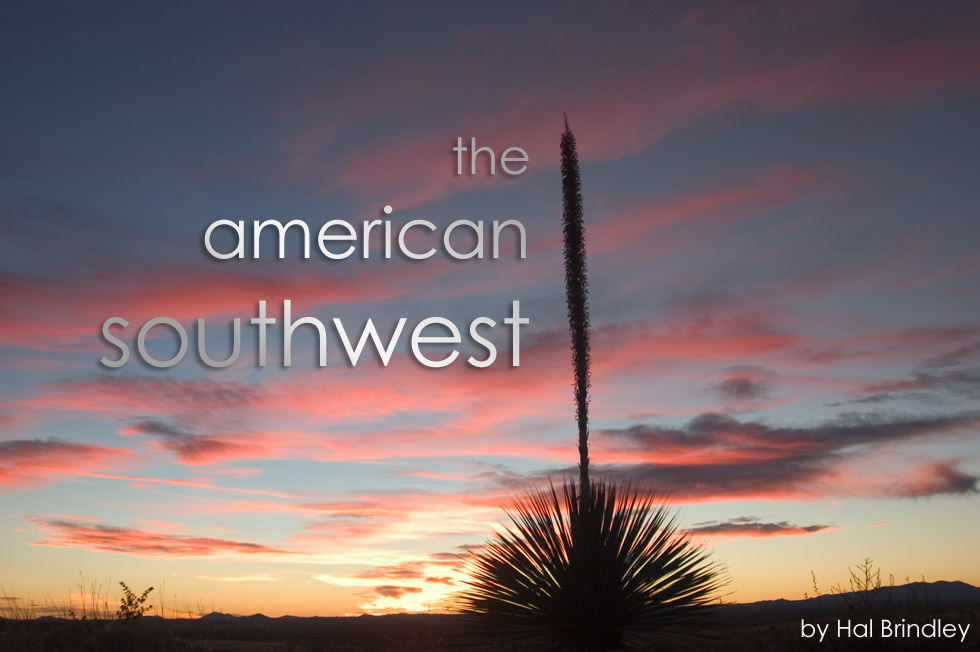
I must have been a very good boy this year because I bought myself a very nice Christmas present. My first ever high quality digital camera. And a drive out west. Merry Christmas to me.
This is a big moment for me. It’s my first time shooting digital and my first trip as a “professional wildlife photographer”. One month earlier I signed a contract to sell photos through a stock agency. Feeling like a big time hot shot photo-guy, I drive away into the sun rise to find my destiny. My first stop is Bosque del Apache National Wildlife Refuge in New Mexico.
(if you’re wondering what those blobs are, see below…)
Meet the two most famous winter-time residents of the Bosque. The Sandhill Crane and the Snow Goose. Sure, they’re beautiful birds, but the real attraction is that they show up by the thousands. The MANY thousands. I don’t know why it’s so neat to see a whole bunch of the same kind of birds standing next to each other. Trust me, it just is.
The first morning I take part in a bizarre ritual. A dozen strangers and I are standing in the dark, lined up on a small dock in a flooded field. Our fingers and toes are frozen and numb with pain. We can hear the frost crunching under our feet. The sounds of a raucous cocktail party surround us. Gabbing, yelling, shouting, drunken boasts and general chaos. Yet the people near me are eerily silent. The sound comes out of the blackness.
As the sky begins to turn pink I strain to see the source of the commotion. It’s the beginning of an amazing spectacle. One that draws people from around the world. We are surrounded by Snow Geese as far as the eye can see.
The birds have spent the night roosting together in these shallow ponds. Some rest on top of the thin crust of ice, some stand in the water through small icy holes. People watch in anticipation.
One goose raises its head and begins to complain loudly. “Get up you lazy bums! It’s time to go! My feet are freezing! What is the matter with you geese!?” trying to rally the troops. A couple others nearby raise their heads. A few join in the cry. The small crowd of hunched humans become tense with anticipation.
Then the geese fall silent. An audible groan of disappointment passes through the air. This cycle happens over and over each morning, sometimes for hours. You think to yourself, “This is it! Here they go! Oh boy, this is the one!” but then they tuck their cute little dang heads back in.
When suddenly, with no warning at all…
WHOOOOOOOOSH!
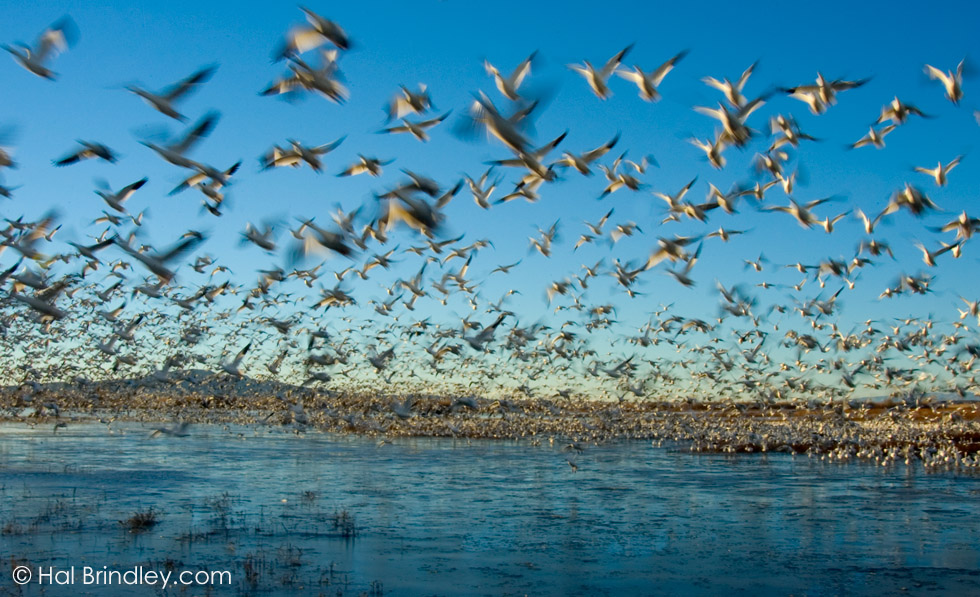
With a thunderous roar, they all take to the sky in an instant. Like the sound of a freight train rushing at you. It is absolutely incredible. There is no signal, no warning. Just BOOM. Then the sky is filled with honking, whooshing bodies. At least that’s how it happened the first time I saw it.
I came back three days in a row. It was absolutely amazing every time.
The cranes don’t do anything quite so dramatic, mostly stand around looking pretty.
They are one of the largest, most majestic birds in the Americas and they make a wonderful trumpeting call. I spend three days at Bosque del Apache photographing birds. I shoot so many birds during my one week out west that I could put them all together on one page and call it “Birds of the American Southwest”. As a matter of fact, I think I will…
Here you go. Yeah, I shot a lot of birds.
I love to see animals going about their daily business. It’s especially exciting when their business is catching other animals to eat. The big victims here appear to be snow geese. I see them being eaten by just about everything including coyotes, bald eagles and harrier hawks. I see a Kestrel catching grasshoppers. Then the strangest one I come across is this Great Blue Heron eating what appears to be a Pocket Gopher.
Herons hunt in the water, gophers rarely venture to the water. However, according to mammologist Michael Bogan who advised me about this photo, pocket gophers are “at times notorious for burrowing into irrigation levees and causing leaks”. This little gopher won’t be causing any more leaks.
After leaving the Bosque I drive straight to Saguaro National Monument near Tucson, Arizona.
I want to see the mighty saguaro cactus and its tiny inhabitant, the elf owl. (I soon learn that elf owls only show up during the summer.) But this doesn’t slow me down. Within half an hour I have a surprise encounter with some creatures I’ve been dying to see…
Javelinas. I barely catch a glimpse of one amongst the cacti at the side of the road. I get out to investigate and find myself surrounded by a large herd. They are all around, grunting, snorting indignantly, and eating their dinner which, at the moment, happens to be prickly pear cactus. This is awesome!
The javelina (most commonly referred to in English as a Collared Peccary) is a pig-like critter found throughout much of Central and South America. However, they have quite a few biological differences from the true old-world pigs (for example: straight tusks, fewer teeth, single dewclaw, 2 compartments in the stomach, and best of all, a strong skunky musk gland on their rump.) These little buddies have a lot of character. They walk around with a very self important strut and haughty attitude. Perhaps the reason they seem so indignant is because they have been cursed with a particularly annoying combination of senses. Their sense of smell is superb and their vision is pitiful. This means they know you’re there, they know you’re very close by, but they can’t for the life of them figure out where. This peccary is pondering the age-old problem “cactus or guy-in-a-green-shirt?”
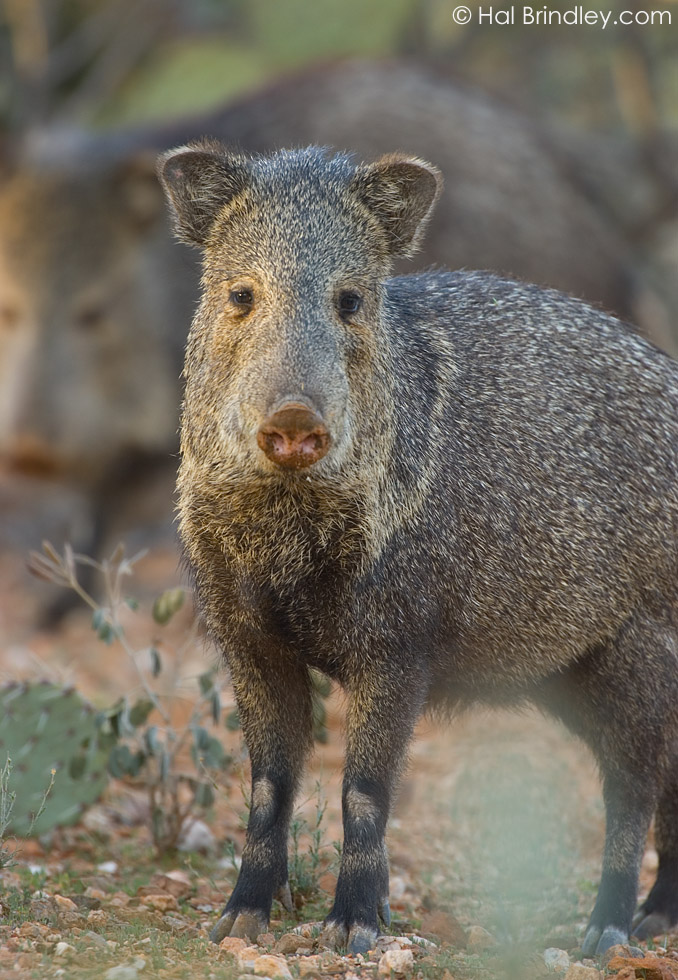
As a result, they are fairly easy to stalk. They might get a little perturbed by the scent of a human but as they don’t know where you are, they may end up walking right past you as they leave. Which is precisely what happened in this next photo
I see the herd getting ready to move off, forming a single file line and heading toward the road. I simply duck behind a catcus, put on my wide angle lens and position myself directly in their path. Sure enough, the entire herd walks right past me, about 5 feet away, including two pairs of young twins!
Just look at these dainty little ones scuttling about on their tip toes. I fell in love with javelinas.
Taking photos in the Sonoran Desert is a hazardous job. For example, while crouching down to shoot this cute little Desert Cottontail I managed to get a piece of cactus stuck in my forehead. Good times!
I believe the Sonoran Desert is one of the most beautiful ecosystems I have ever seen. These plants and animals have evolved to do so much with so little. Here we have a cactus wren building a nest amongst the spines of a cholla cactus.
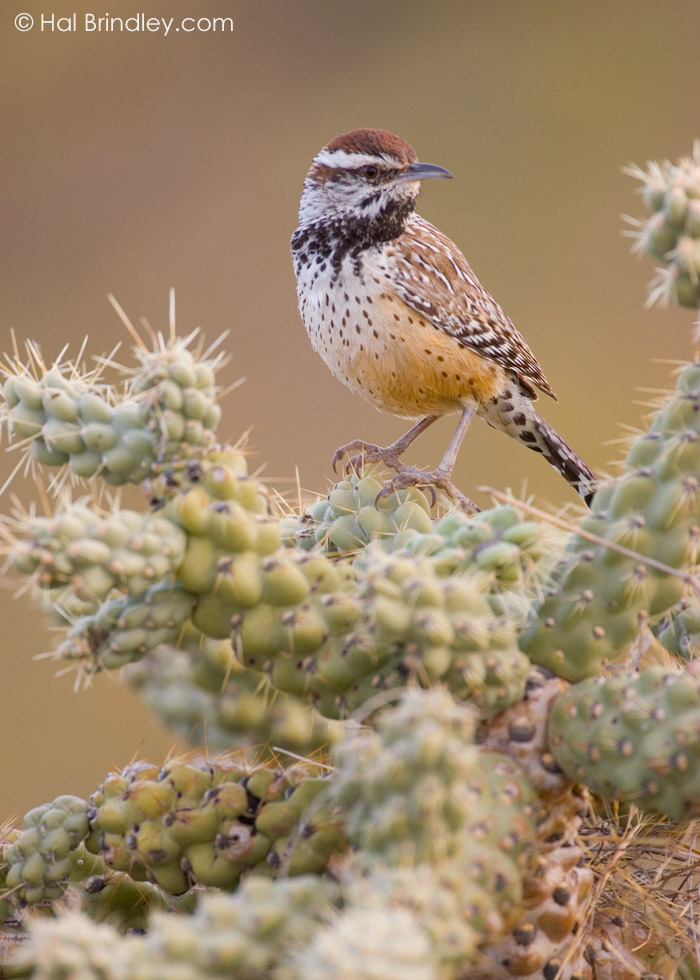
As much as I would like to stay here for a few months, it is almost time to be heading home. But first, one last stop.
There is a special place in the desert near Tucson where, if you look carefully, you can spy all sorts of large predators…
The Arizona-Sonora Desert Museum. Yes it’s a zoo. The rest of the photos in this update are of captive animals. I always feel a pang of guilt when shooting a captive creature. But if I didn’t, you might not otherwise get to see these amazing inhabitants of the southwest.
enjoy the show…



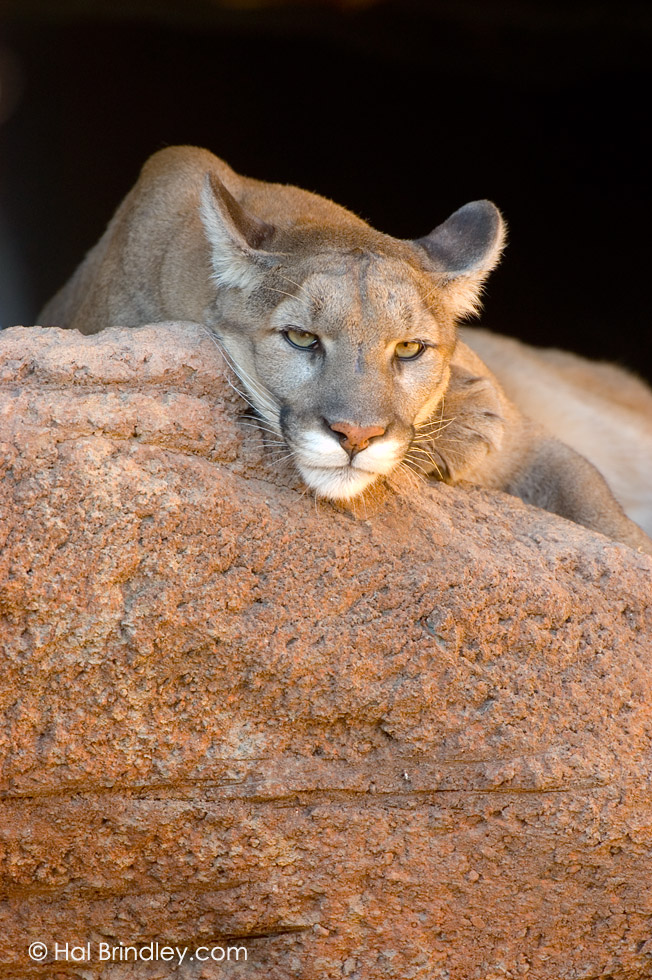
And one of my favorites…
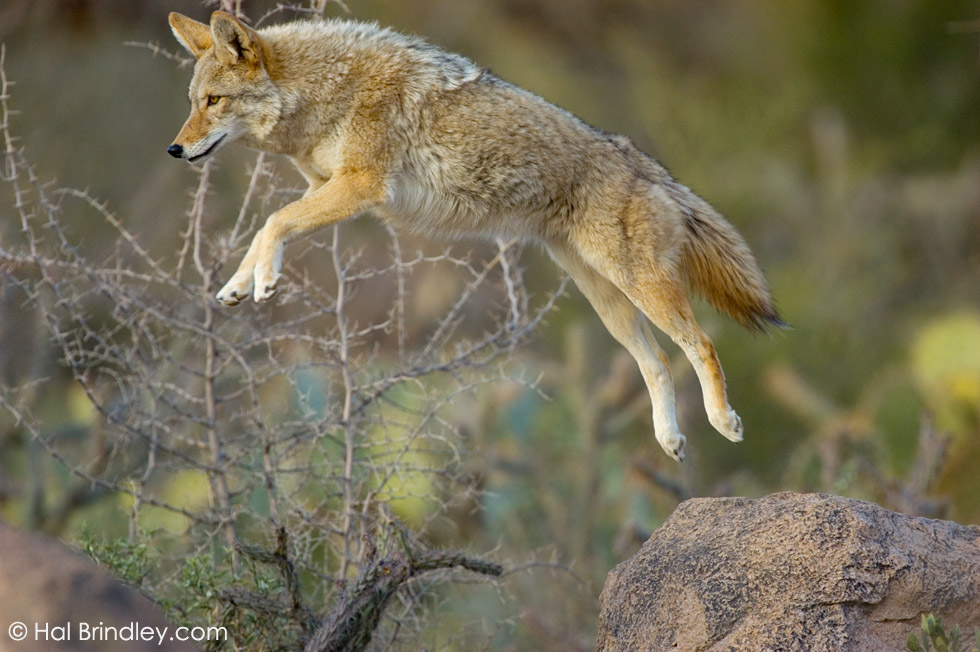
Playing pro-wildlife-photographer-guy is a heck of a lot of fun. Even if the pay stinks.
I did my job, I spent a week taking photos, I watched the new Lord of the Rings movie, and I fell in love with smelly little piggies and the desert.
I hope seeing these photos helps you remember that we are just one of the animals on this planet, and that you will think about that when making the little decisions you make everyday.
-Hal
